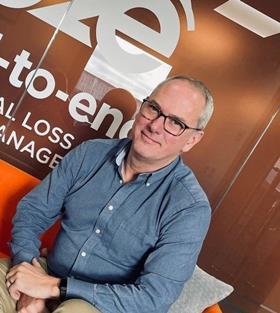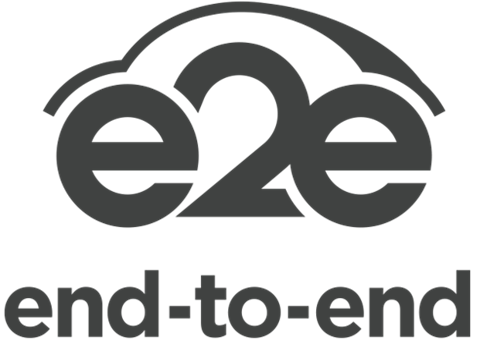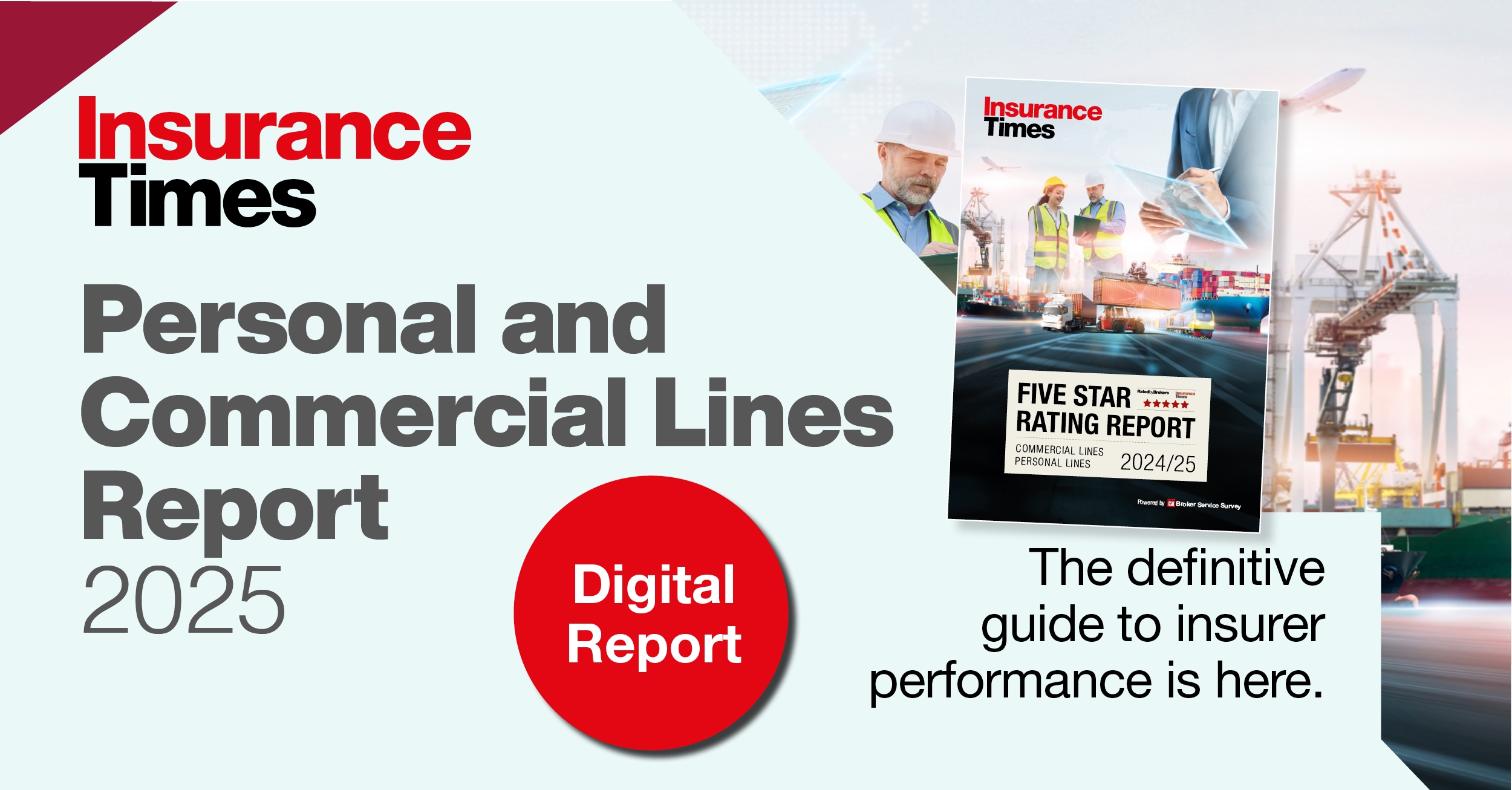Jim Loughran, chief executive at E2E Total Loss Claims Management, discusses the contentious environment around total loss negotiations
More than one recent commentary by the Financial Ombudsman Service (FOS) and associated organisations have been severely critical of previously common practices in the total loss market.

Namely, the ancient art of negotiating with claimants the value of their vehicle and settling the agreed sum in order to close the claim.
However, the regulatory authorities have forcefully condemned this negotiating practice and instead demanded that insurers settle claims using the full retail value of the vehicle.
Subsequently, the scramble is then on to determine exactly how much this amounts to and when during the claims process the vehicle be valued.
Market participants might be surprised to learn by exactly how much the secondhand value of a vehicle can vary between the first notification of loss and the final settlement date.
These are mere technicalities that sit behind the regulatory authorities’ condemnation of common practice. The attempts by many insurers and their appointed agents to save money on total loss settlement is maybe part of a wider practice to use the customer as the conduit for cost management.
Herein lies the problem.
Customers should rule
Considering the strictures of Consumer Duty and the moral environment in which claims departments should operate, it is surely never appropriate to make the customer bear the brunt of efforts to save money.
The social contract that we establish with the customer when they buy a motor policy is one that depends on fair treatment at every stage of the purchase and ownership chain – especially when it comes to making a claim.
The customer has the right to expect equitable treatment that has a primary focus on solving their problems.
The core problem that the total loss customer has is that they are unexpectedly without their vehicle and they need to go out and replace it. If they visit their local dealership or trawl through the offers on Auto Trader they will, of course, need to pay retail price for their vehicle.
Having taken out an insurance policy to cover exactly this type of situation, the monies they should reasonably expect to receive is the full retail value.
In truth, there is nothing especially revolutionary about this and it should not take condemnation from a regulatory authority to drive different practices.
The problem lies not in regulation, but in the mistaken focus of trying to make the customer pay for our own industry shortcomings. In the constant drive to save money, the easiest recourse is to turn to the relatively inexperienced claimant and exploit their lack of knowledge and skill.
Culture beats strategy
This mentality cannot be right.
Here at E2E, we work closely with our clients and customers to ensure that fairness and equity are the driving forces behind the decisions being made. A complaints ratio of less than 0.1% suggests that we are getting it right.
But, top of our list when checking the entire customer experience is vigilance. It is all too easy to use apparently easy ways to solve problems that, in fact, are not good for our customers.
Being customer-centric should not be a slogan, a mission or even a vision – it should be a way of life, as it is at E2E.
Find out more about E2E Total Loss Claims Management here.













































